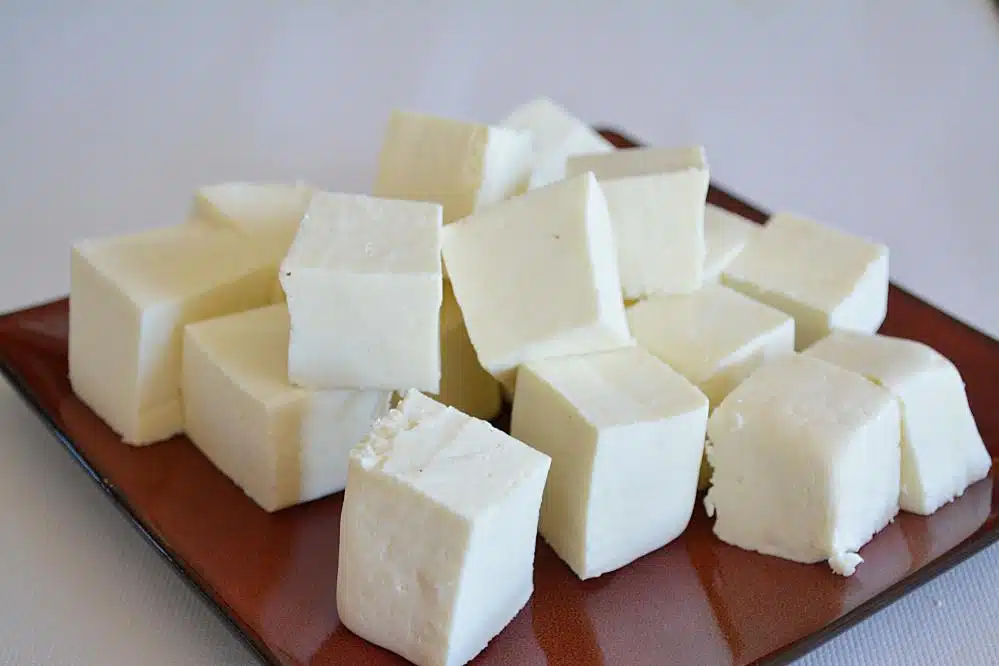In a time when food safety is increasingly under scrutiny, the purity of everyday ingredients like paneer (Indian cottage cheese) is a growing concern. Paneer, a staple in Indian households, is often targeted by unscrupulous vendors who substitute genuine milk solids with cheap adulterants. With rising cases of synthetic or adulterated paneer circulating in markets, knowing how to distinguish real from fake at home has never been more important.
What Is Fake Paneer?
Fake paneer is typically produced using synthetic milk or non-dairy fats mixed with starch, detergent, or other chemical agents. While it may resemble authentic paneer in texture and appearance, its nutritional value and safety are highly questionable. Consumption of such adulterated paneer can lead to digestive issues, food poisoning, and long-term health hazards.
Key Indicators and Simple Tests to Identify Fake Paneer at Home:
- The Hot Water Test:
Drop a small piece of paneer into hot water and let it sit for 10–15 minutes. If the paneer remains firm and retains its shape, it is likely genuine. However, if it breaks apart, turns slimy, or emits an unpleasant odor, it may be fake or contain synthetic ingredients. - The Burn Test:
Take a small portion of paneer and burn it using a matchstick. Pure paneer will not emit any foul smell. In contrast, adulterated or synthetic paneer may release a plastic-like or pungent chemical odor, indicating the presence of non-dairy substances or starch-based fillers. - Texture and Color Examination:
Real paneer is soft, crumbly, and has a natural white color. If the paneer feels rubbery or has an unnaturally bright white hue, it could be a sign of chemical bleaching or starch adulteration. Authentic paneer also releases a mild milky aroma when heated. - The Iodine Test for Starch:
This easy chemical test can be done at home. Apply a few drops of iodine solution to a piece of paneer. A blue-black coloration indicates the presence of starch, a common adulterant. Real paneer should show no reaction to iodine. - Taste and Smell:
Genuine paneer has a clean, fresh dairy flavor. Any sour, bitter, or chemical aftertaste is a red flag. Additionally, if the smell is pungent or overly strong, the paneer may have been made with spoiled milk or synthetic substances.
Why It Matters:
As paneer is a primary protein source for many vegetarians, ensuring its authenticity is essential for public health. With an increasing focus on food transparency and safety, consumers are encouraged to perform basic quality checks before consumption. These simple tests empower individuals to protect themselves and their families from food adulteration.
📌 Conclusion:
With food adulteration on the rise, being able to distinguish between real and fake paneer is a practical skill every consumer should possess. By using straightforward techniques such as the hot water test or iodine solution, you can ensure the paneer you consume is safe and genuine. Informed choices begin at home—and a few simple checks can go a long way in protecting your health and well-being.



